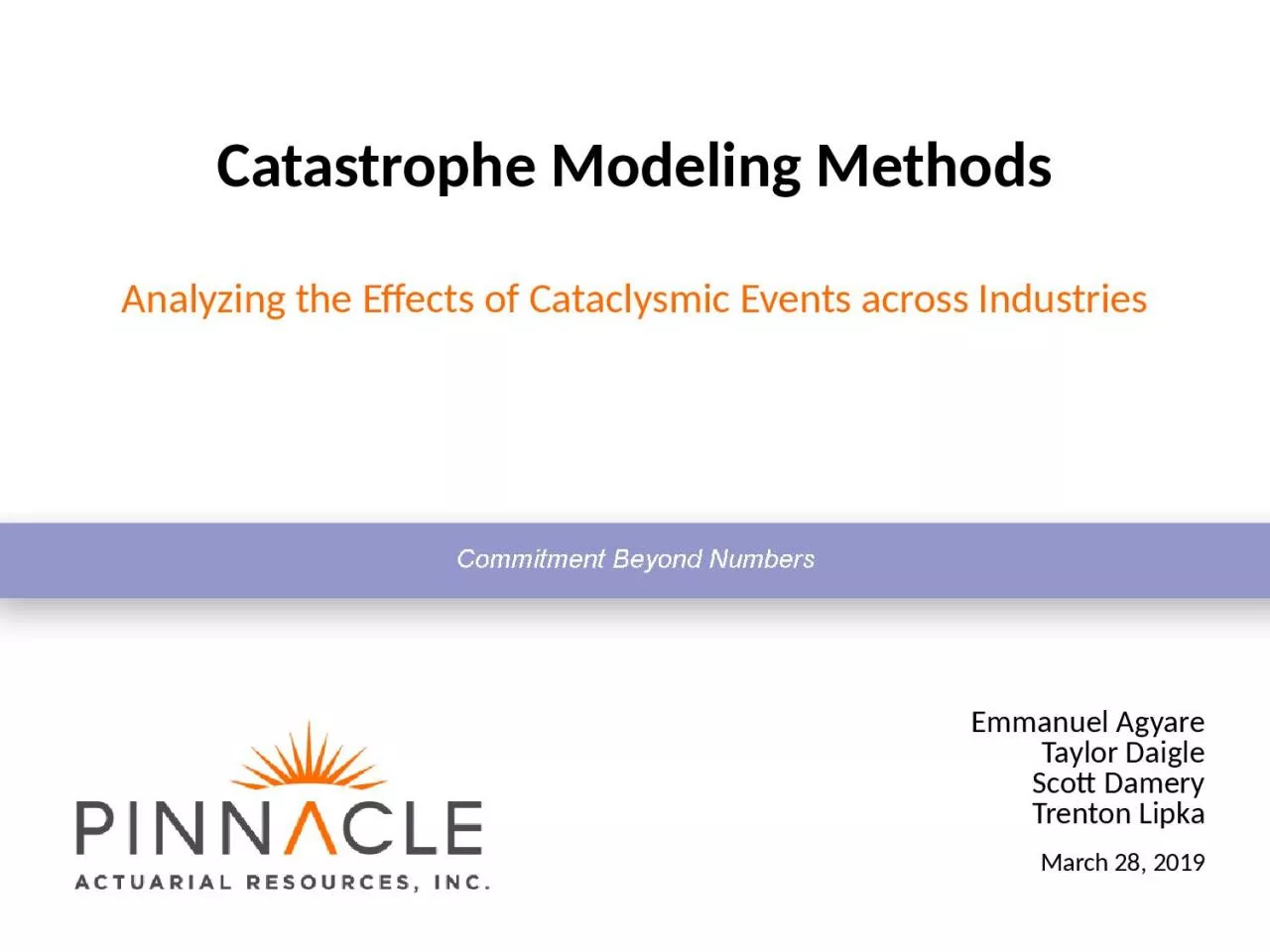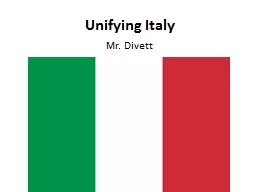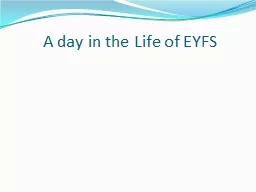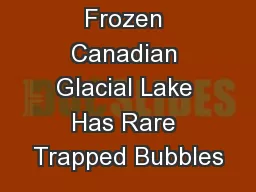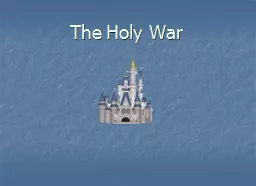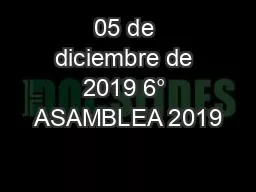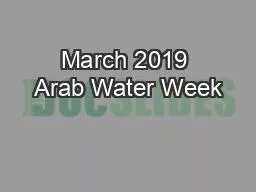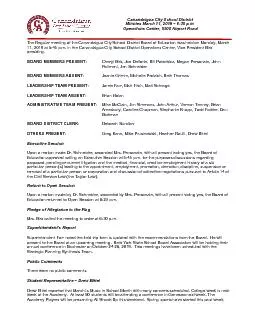PPT-March 28, 2019 Emmanuel
Author : phoebe | Published Date : 2024-01-29
Agyare Taylor Daigle Scott Damery Trenton Lipka Catastrophe Modeling Methods Analyzing the Effects of Cataclysmic Events across Industries Taylor and Scott B ackground
Presentation Embed Code
Download Presentation
Download Presentation The PPT/PDF document "March 28, 2019 Emmanuel" is the property of its rightful owner. Permission is granted to download and print the materials on this website for personal, non-commercial use only, and to display it on your personal computer provided you do not modify the materials and that you retain all copyright notices contained in the materials. By downloading content from our website, you accept the terms of this agreement.
March 28, 2019 Emmanuel: Transcript
Download Rules Of Document
"March 28, 2019 Emmanuel"The content belongs to its owner. You may download and print it for personal use, without modification, and keep all copyright notices. By downloading, you agree to these terms.
Related Documents

